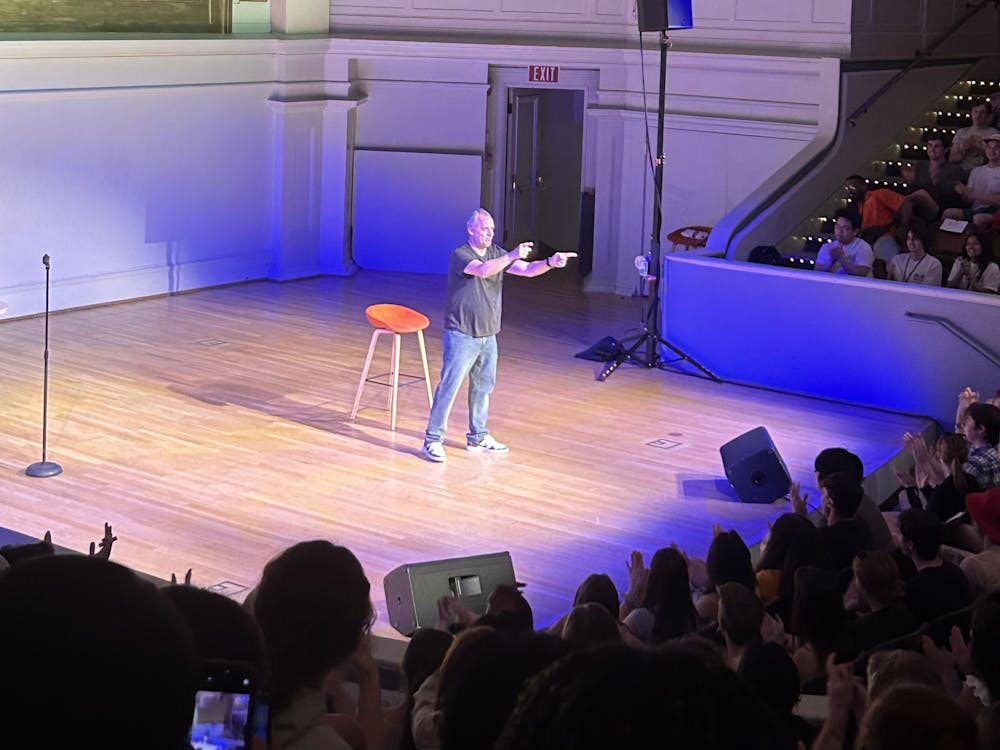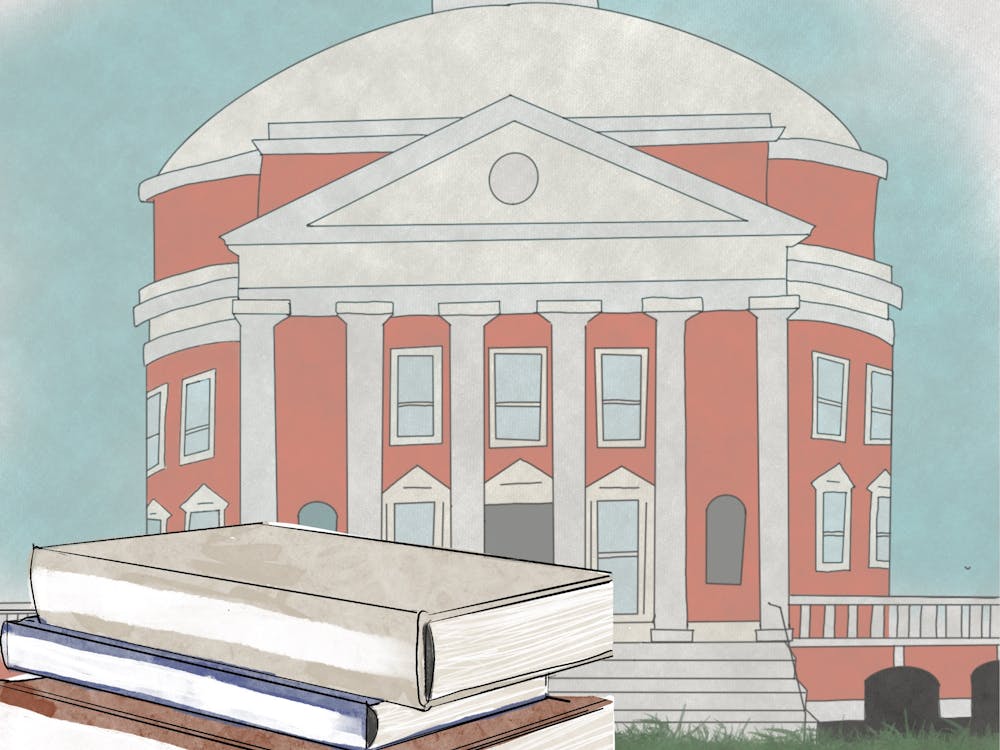This is part two in a three-part series on gangsta rap. Click here to read part one.
Distance from the center — especially for a sub-genre which once defined it — usually means a lapse in innovation. Some days, when gangster rap rears its angry head and tries to reassert its vitality, it’s worth testing that theory.
March 18 was one of those days. It saw the release of two honest-to-god gangster rap albums: YG’s “My Krazy Life” and Freddie Gibbs’ “Piñata.” These records represent two possible paths for the future of gangster rap. One presents a compelling case for its right to breathe mainstream air, the other suggests we suffocate it with old ideas for its own good.
Freddie Gibbs, a connoisseur’s rapper largely ignored by mainstream media, takes the traditional path. He’s teamed with esoteric producer Madlib, who laces him with warm jazz-soul fusion beats, sugarcoated with pretty vocal samples and muffled drums. The beats are offhand and breezier than the grit and abrasion one might expect from gangster rap, but they all come with wide-open pockets, providing ample room for Gibbs to show off.
Gibbs’ style chooses and fuses different pieces of that aforementioned 90s renaissance: the breakneck breath control of Bone Thugs, the emotive syllable stretches of Tupac, the cold and direct writing of Bun B. He’s the type of rapper to pay homage to gangster rap progenitor Kool G Rap rather than liken himself to luminaries DMX, Big Pun and Big L — all on the same song. He doesn’t offer new ideas in form or content on “Piñata,” but he goes a long way toward convincing us the old ones are still good.
Gibbs is a master of rap’s microscopic pleasures. The craftsmanship behind his syntax, cadential switches, subtle pathos and assonance reveals itself when you squint your eyes. “Liquor got me lurking where you live at in the night time/59-50 to the left, but I’m in my right mind” is a pithy example of what he does well. He knows intuitively which spaces to fill with his voice, and his rhythm of speech is graceful and crisp.
There’s also the familiar but potent dissonance between Madlib’s old-world soul samples and Gibbs’ deadpan tales of survival in America’s oppressed ghettos. Gibbs isn’t exactly a linear storyteller, but the specifics of his writing coalesce into a nearly complete narrative by the album’s end. He has a knack for novelistic flourishes. He notes his affinity for Harold’s Chicken plates with the “bread stuck to the bottom.” He points out he could only afford two and a half ounces of cocaine because of a refund on his student loan check. Parsing these zoomed-in observations from the more boilerplate “tough talk” is a joy.
“Piñata” shouldn’t be completely dismissed for its artful take on a reliable formula, but it’s symptomatic of gangster rap’s stagnation. Art, at its best, should recover the difficult and overwhelming sensations of experiencing something unfamiliar and perceptually thrilling. When gangster rap reproduces itself enough, it becomes habitualized, economized and ultimately, expendable. It’s the duty of innovators to jolt gangster rap out of this nostalgic, self-referential standstill.
This is part two in a three-part series. Read about YG, the rapper who is keeping rap alive, in the third and final installment next week.




